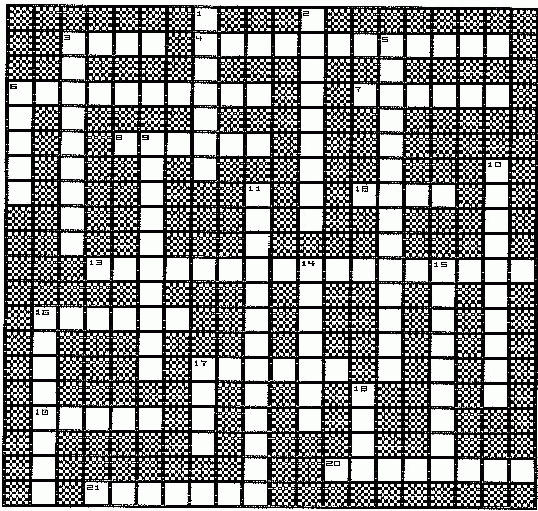-
3. Zone of the earth made of mostly iron and nickel.
-
4. The "true" ocean floor, together covering 60% of the earth's surface
(2 words).
-
6. The process by which heat is circulated in a fluid.
-
7. The rigid sections of the crust which move relative to each other.
-
8. A zone in the earth located at great depth, created by the collision
of 2 plates.
-
12. Molten rock which reaches the earth's surface.
-
13. The process which explains the history of the Atlantic Ocean, as well
as complex oceanic features.
-
16. The type of rock of which the ocean floor is made.
-
17. The zone in the earth's interior below the crust, but above the core,
made up of sense silicates.
-
19. Continental - - - - - was an earlier theory seeking to prove that land
masses moved over time.
-
20. The type of rock typical of island arcs (hint: volcanic)
-
21. The type of rock which makes up continental crust.
|
-
1. The deepest part of the ocean is a trench called the -------.
-
2. The Philippines and Japan are good examples of this tectonic feature
(2 words).
-
3. That part of the lithosphere not covered by water.
-
5. This process explains evidence that the earth's magnetic poles changed
in direction over time.
-
6. The relatively thin (10-25 miles thick) outer shell of the earth.
-
9. This tectonic feature occurs where a ridge is offset laterally by major
transform faults.
-
10. An example of a strike-slip fault in North America (Hint: located
in California; earthquake zone).
-
11. Tectonic feature created at divergent zones by undersea volcanism;
forms mountain chains.
-
14. - - - - - - - focus earthquakes occur at mid-ocean ridges.
-
15. Nearly all of these types of earthquakes occur in volcanic island arcs
(2 words).
-
16. The major discontinuity between the crust and mantle may be considered
to be a - - - - - - - -.
-
17. The common, shortened name for the discontinuity between the crust
and the mantle.
-
18. The major component of the earth's core.
|

